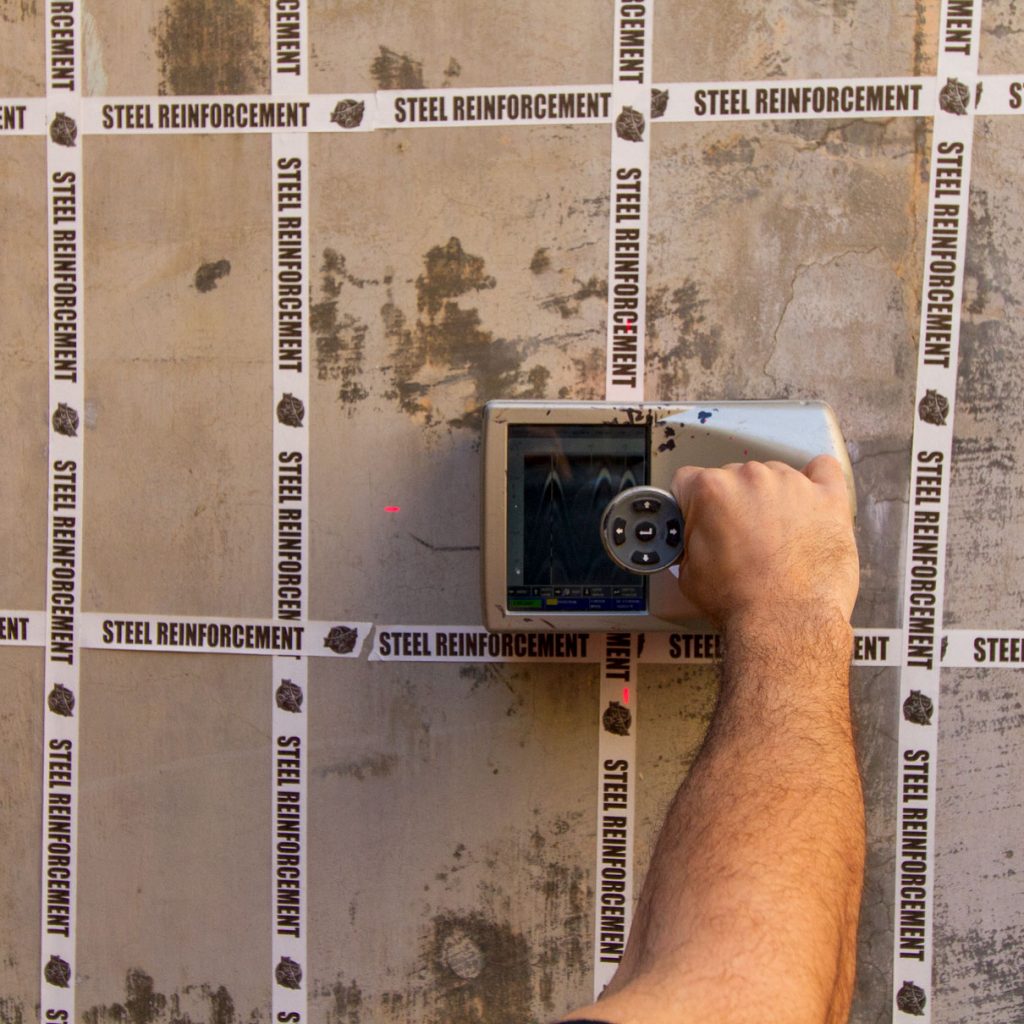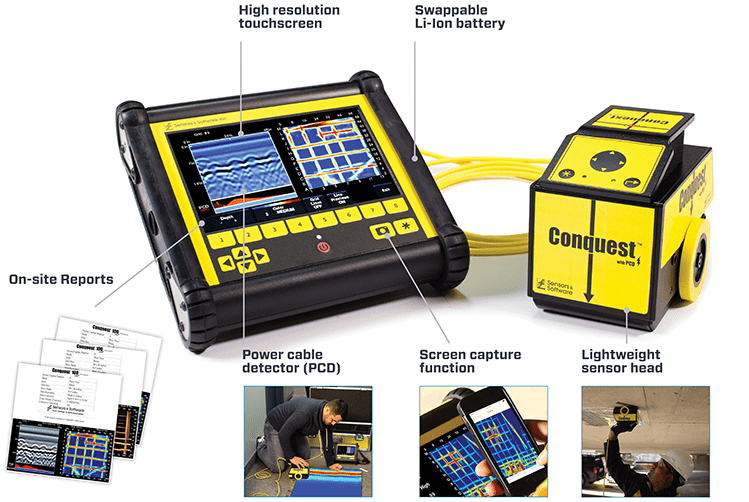Specialist Tips for Optimal Concrete Scanning Outcomes
Specialist Tips for Optimal Concrete Scanning Outcomes
Blog Article
Introduce the Transformative Power of Concrete Scanning in Maximizing Efficiency and Safety And Security
Concrete scanning has actually arised as an important device in the building market, supplying unparalleled benefits in improving project efficiency and guaranteeing safety and security criteria. By utilizing sophisticated modern technology, concrete scanning allows specialists to see past the surface, uncovering surprise intricacies that can affect the structural integrity of a building. The transformative power of concrete scanning exists in its ability to provide thorough understandings and real-time information, reinventing exactly how projects are prepared and implemented. As we explore the details of this cutting-edge strategy, a globe of opportunities opens up, showcasing a brand-new age of building and construction techniques that prioritize accuracy and safety and security.
Value of Concrete Scanning
Making sure the architectural honesty and safety of construction jobs starts with the critical step of performing comprehensive concrete scanning. Concrete scanning is a non-destructive method used to detect and map subsurface elements within concrete structures.
The value of concrete scanning can not be overstated, as it plays a vital role in preventing mishaps, decreasing task hold-ups, and making sure the long-term toughness of the construction. By recognizing prospective dangers before the building and construction phase begins, contractors can carry out proper safety procedures and make educated decisions concerning the style and implementation of the job. In addition, concrete scanning helps in enhancing project timelines and budget plan by avoiding unforeseen costs and delays that might arise due to unanticipated obstructions within the concrete. Ultimately, buying detailed concrete scanning is an aggressive strategy that improves both effectiveness and safety in construction jobs.
How Concrete Scanning Functions
Concrete scanning runs as an important device in building tasks by using sophisticated modern technologies to find and map subsurface aspects without triggering architectural damage. Ground Passing Through Radar (GPR) and Electromagnetic Induction (EMI) are 2 main approaches utilized in concrete scanning.
Throughout the scanning procedure, the data collected is assessed in real-time, permitting instant identification of possible risks or obstacles under the surface. By using these innovative innovations, concrete scanning considerably decreases the threat of expensive problems and injuries on construction sites.
Benefits of Concrete Scanning
Making use of advanced scanning innovations in construction tasks offers a wide variety of benefits, boosting both performance and safety and security on-site. One of the primary benefits of concrete scanning is the capability to discover and find ingrained things such as rebar, post-tension cables, and conduits accurately. By determining these elements before drilling or cutting right into concrete structures, the danger of unintended strikes is dramatically reduced, preventing possible injuries to workers and damage to the framework itself. In addition, concrete scanning aids in preparation and designing more properly, as it supplies specific details about the location and depth of structural elements.

Instance Studies: Concrete Scanning Success

In one more case, a construction firm made use of 3D concrete scanning to evaluate the condition old concrete frameworks in a historic structure. The detailed scans provided useful insights right into the level of damage and aided prioritize maintenance efforts effectively. By proactively addressing areas of issue identified through scanning, the blog here business was able to prolong the life expectancy of the framework and ensure resident safety.
These situation researches underscore the transformative power of concrete scanning in boosting effectiveness, accuracy, and security in building and construction projects.
Executing Concrete Scanning in Projects
Executing sophisticated scanning modern technologies throughout building projects has come to Read Full Report be significantly essential for enhancing accuracy and safety and security. By incorporating concrete scanning right into job planning and implementation, building and construction groups can determine prospective hazards, such as rebar or post-tension cords, concealed within concrete structures. This aggressive strategy lessens the danger of crashes, delays, and expensive rework, eventually bring about much more efficient task timelines and spending plans.
To implement concrete scanning effectively, task supervisors need to work together very closely with skilled scanning specialists to figure out one of the most ideal scanning methods for the specific project needs. Involving scanning specialists from the beginning of a project enables the group to create extensive scanning plans that resolve key areas of worry and guarantee extensive data collection.
Additionally, including concrete scanning into routine project workflows can streamline decision-making processes, as real-time scan information offers immediate understandings right into the condition of concrete structures - Concrete Scanning. This data-driven technique helps with educated problem-solving and makes it possible for groups to make changes immediately, fostering a society of efficiency and safety throughout the task lifecycle

Final Thought
Finally, concrete scanning plays an essential role in boosting efficiency and security in building jobs. By making use of sophisticated technology to map and detect out underlying structures within concrete, this process helps to stop expensive blunders, guarantee structural stability, and reduce dangers on website. With the capability to uncover hidden aspects and supply accurate information, concrete scanning proves to be a beneficial tool for enhancing job results and maximizing overall success.
Concrete scanning is a non-destructive approach made use of to find and map subsurface aspects within concrete structures. In addition, concrete scanning assists in maximizing project timelines and spending plan by preventing unforeseen expenses and delays that might occur due to unanticipated blockages within the concrete. One notable situation research study includes a large renovation task where concrete scanning played an important function in ensuring job success.In one more situation, a building and construction company utilized 3D concrete scanning to assess the problem of maturing concrete frameworks in a historical building. By incorporating concrete scanning into job preparation and implementation, construction groups can determine potential hazards, such as rebar or post-tension cables, hidden within concrete structures.
Report this page